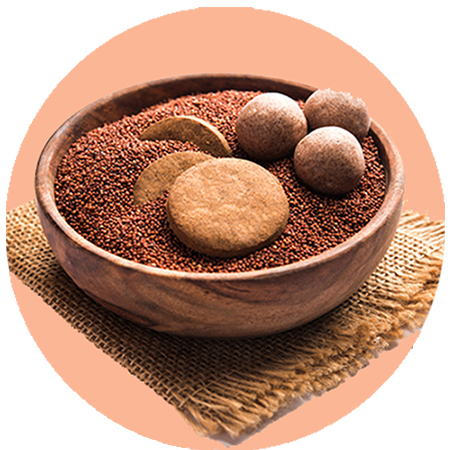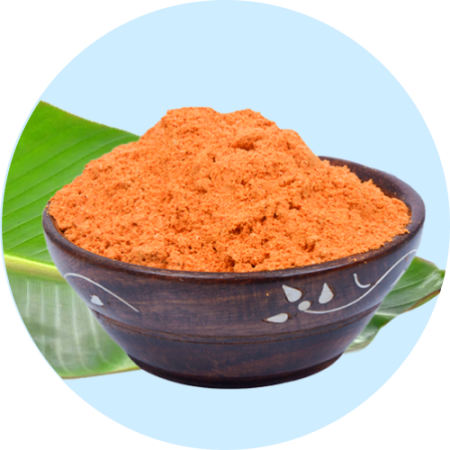Karuppu Kavuni Boiled / Black Rice / Forbidden Rice
₹110 – ₹1,020
Order via WhatsApp!
Description
Karuppu Kavuni Boiled / Black Rice / Forbidden Rice
Karuppu Kavuni rice is a type of black rice that is native to the southern regions of India, particularly in the state of Tamil Nadu. It is also known as Black Rice or Forbidden Rice due to its dark color and rarity.
This rice is highly nutritious, as it is packed with antioxidants, fiber, and protein. It has a distinct nutty flavor and a chewy texture that is perfect for savory dishes.
Karuppu Kavuni rice is often used in traditional South Indian cuisine, such as biryani, idli, dosa, and even desserts like payasam. It is also used to make a popular drink called Kavuni Arisi Kanji, which is made by cooking the rice with coconut milk, jaggery, and spices.
Overall, Karuppu Kavuni rice is a healthy and delicious alternative to regular rice that is definitely worth trying out
- Rich in antioxidants: Karuppu Kavuni rice is known to contain a high level of anthocyanins, which are natural antioxidants that help to protect the body from harmful free radicals and prevent chronic diseases.
- Low glycemic index: The rice has a low glycemic index, which means it releases energy slowly, helping to prevent a sudden spike in blood sugar levels. This can be beneficial for people with diabetes or those looking to manage their weight.
- Good for digestion: Karuppu Kavuni rice is high in dietary fiber, which can aid in digestion and prevent constipation.
- Gluten-free: Karuppu Kavuni rice is naturally gluten-free, making it a great alternative for people with celiac disease or gluten sensitivity.
- Boosts immunity: The anthocyanins present in Karuppu Kavuni rice can help to boost the immune system and protect against infections and diseases
Karuppu Kavuni, also known as Black Kavuni rice, is a unique and traditional rice variety predominantly grown in Tamil Nadu, India. It is highly regarded for its rich nutritional content and potential health benefits. Here are some of the benefits associated with Karuppu Kavuni rice:
6. High in Antioxidants: Karuppu Kavuni rice is rich in antioxidants, particularly anthocyanins, which give it the characteristic black/purple color. Antioxidants help protect the body against free radicals and oxidative stress, which are associated with various chronic diseases.
7. Promotes Digestive Health: The high fiber content in Karuppu Kavuni rice can promote healthy digestion. It aids in preventing constipation, maintaining bowel regularity, and supporting a healthy gut.
8. Low Glycemic Index: Karuppu Kavuni rice has a low glycemic index compared to white rice. This means it causes a slower and steadier rise in blood sugar levels, making it a better choice for individuals with diabetes or those aiming to manage their blood sugar levels.
9. Rich in Essential Nutrients: Karuppu Kavuni rice is a good source of essential nutrients, including iron, zinc, magnesium, and B vitamins. These nutrients play vital roles in supporting overall health, such as promoting energy production, maintaining healthy blood cells, and supporting brain function.
10.Potential Weight Management Benefits: Due to its high fiber content and low glycemic index, Karuppu Kavuni rice can help promote feelings of fullness, reducing hunger and aiding in weight management goals.
11.Gluten-Free and Non-GMO: Karuppu Kavuni rice is naturally gluten-free, making it a suitable option for individuals with gluten sensitivities or those following a gluten-free diet. Additionally, it is non-GMO, ensuring it is free from genetically modified organisms.
12.Satiating and Nourishing: Karuppu Kavuni rice is known to have a slightly nutty flavor and a chewy texture. This makes it a satisfying choice, and it can be incorporated into various dishes like rice bowls, porridge, desserts, and even traditional sweet.







































